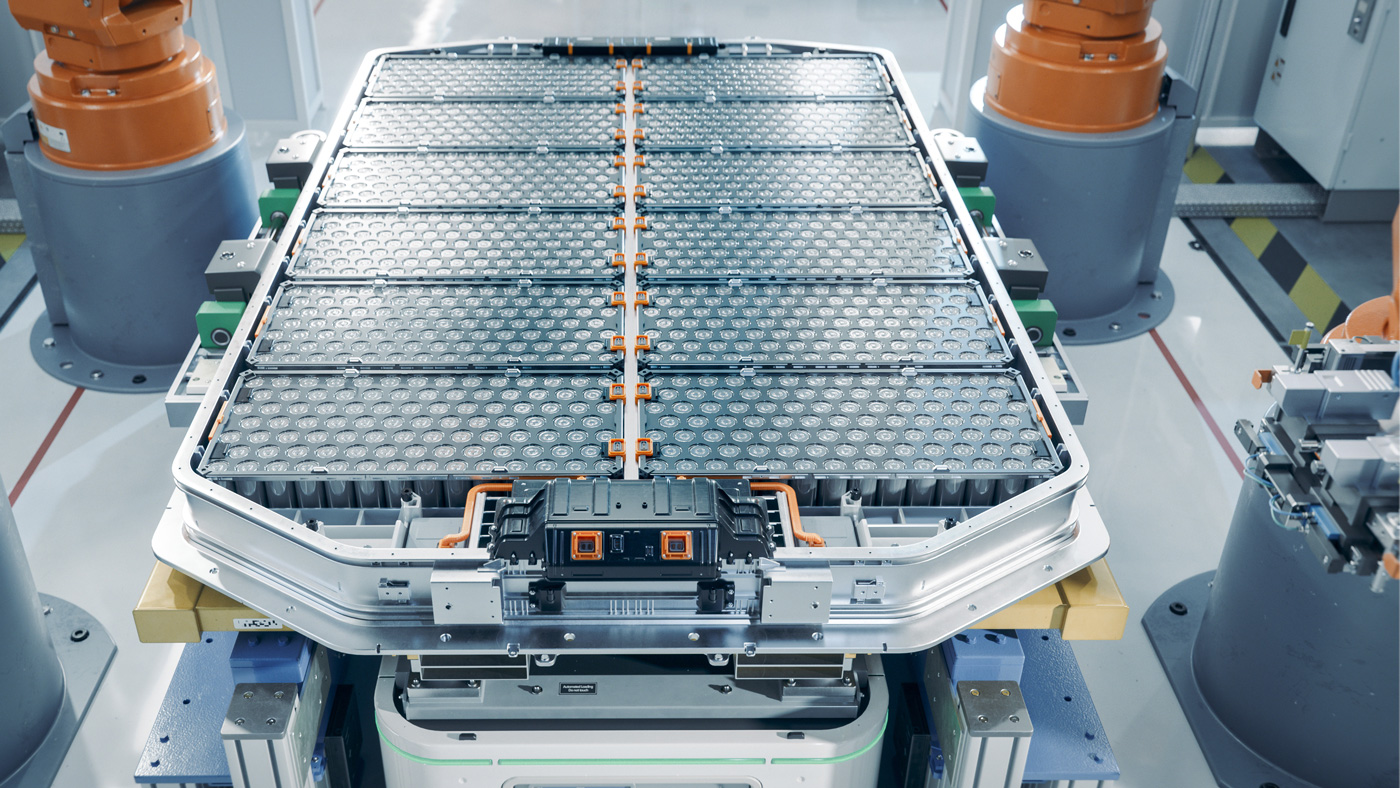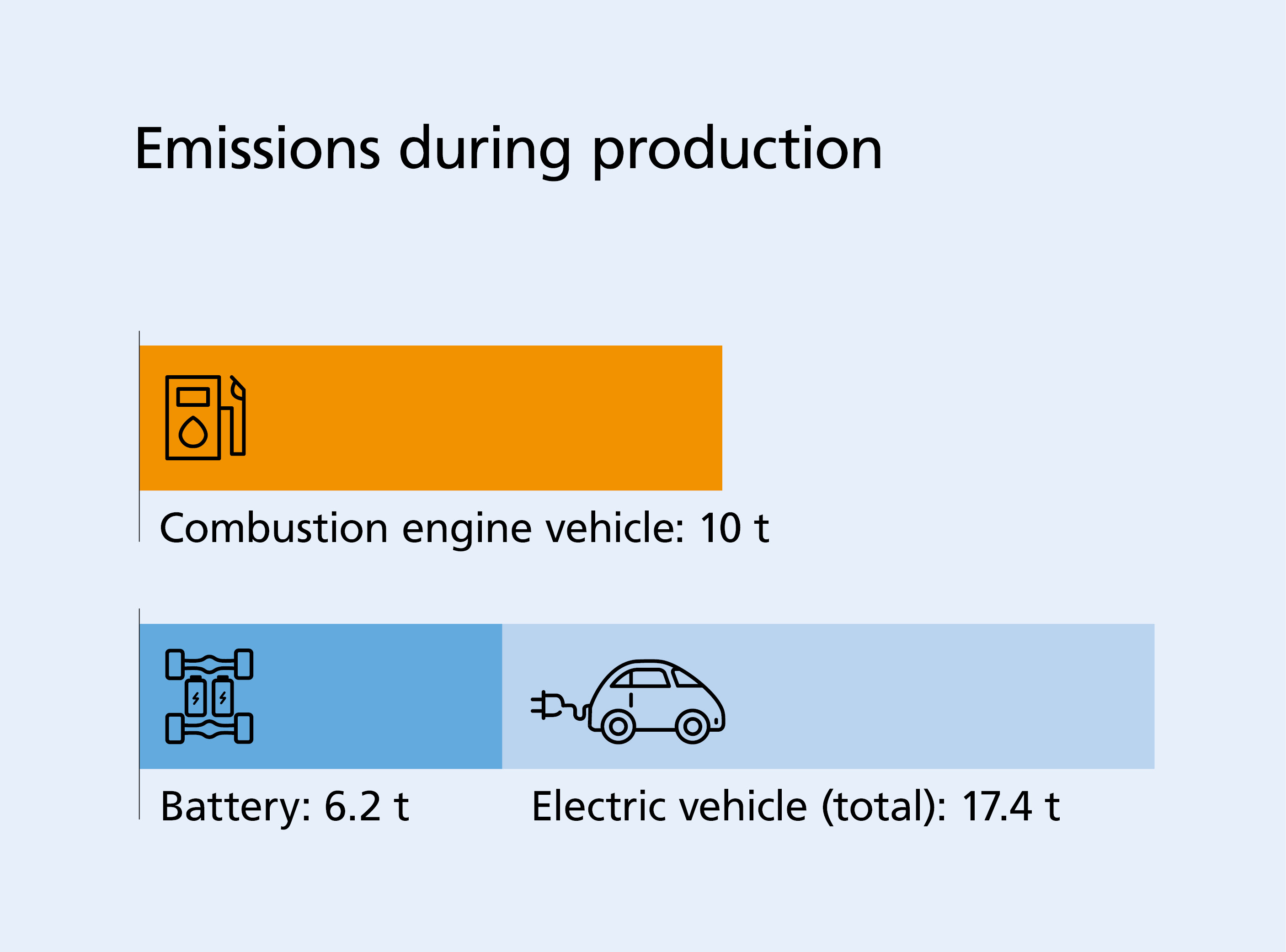Steel Battery Housings: an Aluminum Alternative?

Electric mobility is widely recognized as one of the key technologies for sustainable transportation and a greener future. Not only must efficient drive systems be developed, all vehicle components need to be designed and produced in a more sustainable way. After all, a significant proportion of the CO2 emissions generated during the life cycle of an electric car are produced during the manufacturing phase. While producing a conventional combustion engine releases about 10 tons of greenhouse gases, emissions for battery-powered electric vehicles add up to 17.4 tons. The battery alone makes up around 6.2 tons. An important aspect here is the battery housing, which accounts for around ten percent of manufacturing-related emissions, according to Agora Verkehrswende.
Researchers at Fraunhofer IPK are now investigating how CO2 emissions can be reduced by cleverly substituting materials along the life cycle of battery housings. A research project on efficient laser beam welding and brazing for gas tightness and dimensional accuracy in steel battery housings shows that housings made of steel can be a promising alternative to the conventionally used aluminum. This is because steel has a significantly better environmental footprint during production and is easier to recycle.
The challenge: gas-tight connections
It is not only the ecological footprint that speaks for steel. Its higher strength also makes the material a promising alternative to aluminum when producing battery housings for electric cars. The stronger the material, the thinner the walls of the housing can be. However, the steel used in the automotive sector is treated with a zinc coating that protects the material from corrosion in the long term. When these sheets are welded, the coating evaporates, causing porosity in the weld seams. This not only impairs the mechanical and technological properties, but also affects the gas tightness that is essential for battery housings. The challenge in the production of steel battery housings is therefore to achieve gas-tight welded joints. Innovative joining processes from the areas of laser welding, laser brazing and resistance spot welding, supported by structural welding simulations, are here to help.
Simulated + experimentally validated = integrated
The project team combines modern structural welding simulations with experimental investigations. These simulations make it possible to precisely model temperature curves and mechanical stresses during welding. By comparing the results with real experiments, such as temperature measurements and micrographs, the researchers can optimize process parameters to ensure that the joints are gas-tight and dimensionally accurate.
A smaller footprint hits the road
In order to compare the investigated manufacturing processes, the researchers are using a cradle-to-gate approach to calculate and evaluate the environmental impacts of different welding processes. With emissions of 0.11 kg of CO2 equivalent per meter of welded seam, resistance spot welding in combination with an adhesive is the most environmentally friendly joining method. Among the beam processes, laser remote welding without filler material causes the lowest emissions at 0.14 kg CO2 equivalent per meter. All processes have a key advantage: They make it possible to produce steel battery housings, which, according to thyssenkrupp Steel, generate up to two-thirds fewer greenhouse gas emissions than aluminum housings.
A look ahead
The research team’s technologies open up new possibilities for the automotive industry in the production of battery housings – all while meeting high safety and sustainability requirements. However, this will only be convincing for manufacturers if the combination of joining processes with optimized process parameters can really ensure gas-tight joints, because the behavior of the battery in the event of a crash or fire is crucial for its use in practice.
The researchers now want to transfer their findings to other applications in the automotive industry, in collaboration with industry partners. If they succeed in further developing battery housings made of steel, refining the innovative technology and integrating it into automotive production, the project and industry partners will come a step closer to their goal: a sustainable future of mobility that quite literally forges a bond.
 Fraunhofer Institute for Production Systems and Design Technology
Fraunhofer Institute for Production Systems and Design Technology
